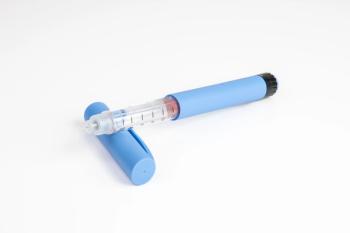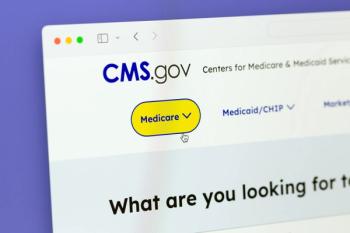
Finding Ways to Address HIV in the Homeless Community
There are several ways to address HIV in homeless populations, with the most promising being the low barrier care model, according to Julie Dombrowski, M.D., M.P.H., professor of medicine at the University of Washington and director of HIV treatment initiatives at the King County, Seattle public health department.
Addressing HIV in the homeless population is difficult but not impossible and there are three methods to do so, according to
The first is low-barrier care, which focuses on providing medical care for patients unable to engage in more traditional healthcare, such as making an appointment to see a provider. Low-barrier care clinics offer things like walk-in appointments and social work. Incentives such as clothing or food may encourage people to visit these centers.
The second method is mobile care, in which providers meet the patient in the field.
The last option is long-acting injectable medications, such as Sunlenca (lenacapavir), which is FDA approved as an antiretroviral. Lenacapavir is being investigated as a form of preexposure prophylaxis (PrEP) and research has shown a
“I think low-barrier care is the most promising because it's a flexible model and can be done in different ways, in different systems,” Julie Dombrowski, M.D., M.P.H., professor of medicine at the University of Washington, director of HIV treatment initiatives at the public health department of Seattle, King County and lead author, said in an interview with Managed Healthcare Executive. “Even within a conventional HIV clinic, people can make time on certain half days of the week, or with dedicated providers or with nurse-based models, to have walk-in availability for patients.”
Newsletter
Get the latest industry news, event updates, and more from Managed healthcare Executive.




















































